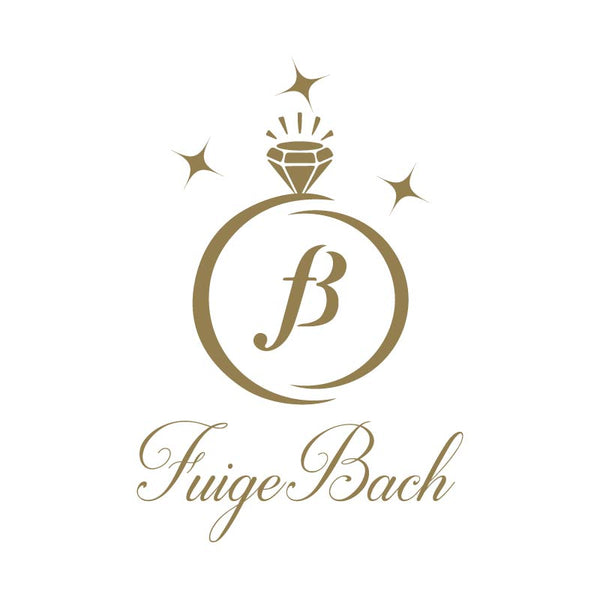As we all know, natural diamonds began forming on Earth billions of years ago. However, when it was first discovered, it was not as popular as it is today. The reason for this was simple: while natural diamonds are hard, their raw stones are rough and their luster is not obvious. So over the centuries, people have been working on cutting natural diamonds.

In 1919, a young Polish man named Marcel Tolkowsky published a doctoral thesis that shocked the jewelry world - "Diamond Design". In this paper, he mathematically demonstrated the ideal angle, proportion, and number of facets for cutting natural diamonds, and based on this, he discovered the famous round brilliant cut, which started a century-long "revolution" in the cutting of natural diamonds.

Under the influence of the "father of the modern diamond cut", natural diamond artisans have become increasingly creative. His precisely calculated 57 facets have been transformed into oval, horse-eye, pear and other shapes, and one of the most popular of these shapes is the Princess Cut.

In 1961, London diamond cutter Arpad Nagy had already created the 58-faceted Princess Square prototype, but at that time it was still known as the Profile Cut; in 1971, South African diamond cutter Basil Watermeyer and his wife, Marion, invented the 81-faceted Barion Cut, which was named after the couple.


In 1979, three diamond cutters working in Israel, Betzalel Ambar, Ygal Perlman and Itzkowitz, invented and patented the quadrillion, a 49-faceted brilliant cut. The following year, Betzalel Ambar and Itzkowitz improved upon them, resulting in what we now call the Princess Square cut.

The standard princess square cut is an inverted pyramid shape with four equal sides and symmetrical corners, with 57 or 76 facets. Its wide table makes it easier for light to enter the interior of the diamond, and the interlocking V-shaped facets at the pavilion further increase the reflection of incident light.With fewer V-shaped facets, the individual sparkling facets are larger, but scintillate slower, whereas with a princess-square natural diamond that has more V-shaped facets, the individual facets become smaller, and scintillations become quicker.

Princess square cut natural diamonds can not only exude a sparkle comparable to round brilliant cuts, but also have a visual effect that is 10-15% larger than the latter at the same weight. It is also worth mentioning that the square shape greatly improves the utilization of the rough natural diamonds. While the loss of rough diamonds in the cutting of common round diamonds can be as high as 40%, the loss of rough diamonds in the Princess cut can be controlled at around 20%, which results in a slightly lower price.
The Princess Square is also popular today because of its clean, handsome lines, elegant shape, and distinctive angularity, which is a modern aesthetic. It makes a statement as a wedding ring or as an everyday accessory. If you are looking for a natural diamond with high brilliance, but don't want it to be as common as a round diamond, then a princess square cut natural diamond would be a good choice.

